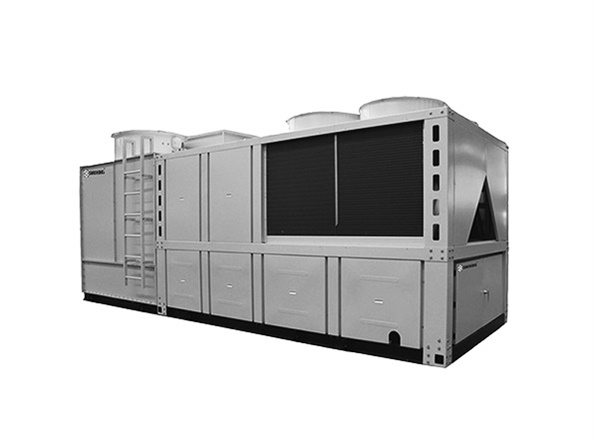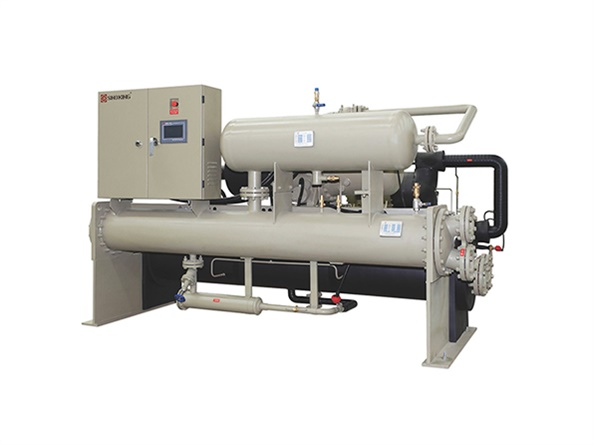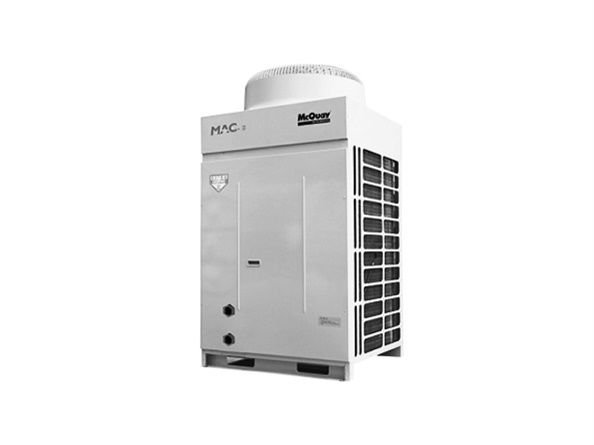3 good ways to remove phosphorus from wastewater
A very commonly used method for the determination of total phosphorus - ammonium molybdate spectrophotometry
Determination principle: Under neutral conditions, potassium persulfate is used to digest the sample, and all the phosphorus contained is oxidized to orthophosphate. In an acidic medium, orthophosphate will react with ammonium molybdate to form phosphorus molybdenum heteropolyacid in the presence of antimony salt, which is immediately reduced by ascorbic acid to form a blue complex. After 15 minutes at room temperature, using an optical path 30mm cuvette, at a wavelength of 700nm, with water as a reference, the absorbance is measured. After deducting the absorbance of the blank test, the phosphorus content is found from the working curve.
IV. How to remove total phosphorus from sewage?
According to the different working mechanisms, we divide the methods of phosphorus removal in sewage into three types: physical phosphorus removal, biological phosphorus removal, and chemical phosphorus removal.
The common treatment methods are biological phosphorus removal, chemical phosphorus removal is supplemented, and physical phosphorus removal is less common.
(1) Physical phosphorus removal
Iron-carbon microelectrolysis is a good way to absorb phosphorus. After comparing iron-containing activated carbon (AC-Fe) and iron-containing activated carbon (AC/O-Fe), it was found that the activated carbon (AC/N-Fe) with nitrate oxygen can carry more Fe, thus forming a large number of active check points on the surface of the activated carbon, and obtaining a better phosphorus adsorption effect than AC-Fe.
 Rapid removal of total phosphorus from urban domestic wastew
Rapid removal of total phosphorus from urban domestic wastew
 One minute! Take you to understand electroplating wastewater
One minute! Take you to understand electroplating wastewater
 33 commonly used knowledge points for wastewater treatment
33 commonly used knowledge points for wastewater treatment
 Emergency measures for "total phosphorus exceeding standard"
Emergency measures for "total phosphorus exceeding standard"


